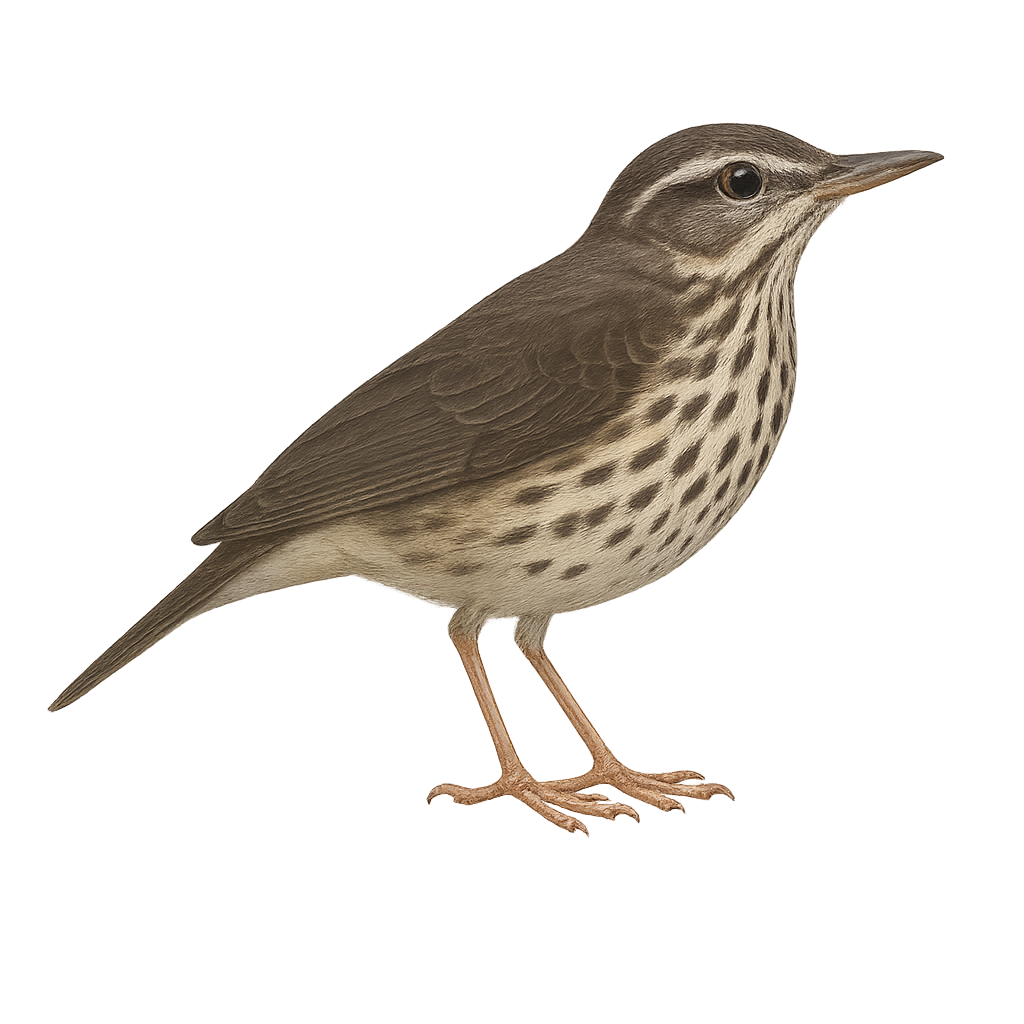Your wildlife photography guide.
Explore the louisiana waterthrush in detail, study its behavior, prepare your shots.
Where to observe and photograph the louisiana waterthrush in the wild
Learn where and when to spot the louisiana waterthrush in the wild, how to identify the species based on distinctive features, and what natural environments it inhabits. The WildlifePhotographer app offers tailored photography tips that reflect the louisiana waterthrush’s behavior, helping you capture better wildlife images. Explore the full species profile for key information including description, habitat, active periods, and approach techniques.
Louisiana Waterthrush
Scientific name: Parkesia motacilla

IUCN Status: Least Concern
Family: PARULIDAE
Group: Birds
Sensitivity to human approach: Suspicious
Minimum approach distance: 10 m
Courtship display: May to June
Incubation: 12-14 jours
Hatchings: May to July
Habitat:
Moist forests, streams, creeks
Activity period :
Primarily active during the day, with peak activity in the morning and late afternoon.
Identification and description:
The Louisiana Waterthrush, or Parkesia motacilla, is a small songbird in the Parulidae family. It is characterized by its olive-brown upperparts and white underparts streaked with black. Its tail is often seen bobbing up and down, giving it its name. This bird inhabits moist forests and streams, feeding mainly on aquatic insects. It is migratory, spending winters in Central America and summers in North America. Known for its melodious and complex song, it is often heard near streams. Although its habitat is threatened by deforestation, it remains relatively common within its range.
Recommended lens:
400 mm – adjust based on distance, desired framing (portrait or habitat), and approach conditions.
Photography tips:
To photograph the Louisiana Waterthrush, it's advisable to use a telephoto lens of at least 400mm to capture detailed images without disturbing the bird. Look for spots near streams or watercourses where this bird is often active. Be patient and discreet, as it can get used to a calm presence despite being suspicious. The natural light of the morning or late afternoon can provide ideal conditions for photos with good contrast and vibrant colors.
The WildlifePhotographer App is coming soon!
Be the first to explore the best nature spots, track rutting seasons, log your observations, and observe more wildlife.
Already 1 432 wildlife lovers subscribed worldwide

